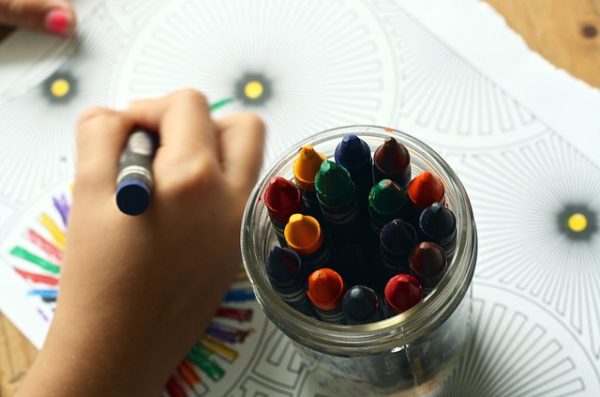Helping Children Understand their Emotions through Emoticons
Young children can easily get overwhelmed by the complexities of their emotions during new and challenging experiences. As they learn about the world around them, they are slowly discovering their range of emotions and how to express these emotions in appropriate ways. Emotional outbursts are normal reactions to feeling overwhelmed by strong feelings and although this can be frustrating for parents, these moments are an important part of the process of identifying and expressing emotions in the early years. Helping children understand their emotions through emoticons can be a useful tool for parents and educators.
Identifying Emotions is the Key to Understanding Feelings
Identifying emotions is the first step in children being able to recognise how they are feeling. In order for children to identify different emotions, they need to learn how to label these emotions.
- Verbalise your own emotions: as a caregiver, the first and easiest thing to do is to verbally express how you are feeling. When an adult models this, children internalise the behaviour and vocabulary. Say out loud, “I feel sad because I lost my favourite comb.” or “I am really excited to go to the beach today!” Although as an adult, it feels silly to be saying such obvious statements, these emotions are not obvious to young children. By explicitly naming your emotions, you are helping your child to identify, and therefore understand their emotions.
- Help them verbalise their emotions: help children learn to identify their own feelings by naming their emotion for them. When a playdate is cancelled, say to them, “You are frustrated that your friend can’t come and play today.” If their favourite food isn’t on the menu say, “It is disappointing when you can’t eat what you really want, isn’t it?” As they build their emotional vocabulary, children will soon be able to identify their own emotions when prompted
- Use stories to discuss emotions: reading stories and discussing how characters are feeling is also a good way to build up a child’s emotional vocabulary. Stories are the perfect springboard to discussions about emotions because children are able to analyse the situation and explore their ideas in a non-threatening environment. “How did the little bear feel when he saw his porridge bowl?” Discuss the possibilities and then ask your child to put themselves into the shoes of the character. “How would you feel if it was your breakfast that had been eaten?” These types of conversations build up your child’s ability to identify and understand emotions.
Using Emoticons to Help Children Understand Emotions
Emoticons are emojis which represent facial expressions. Utilise children’s love of emojis by exploring their emotions through emoticons. Use these Emoticon Matching Cards to play a variety of games which will help children to identify and discuss emotions. There are 12 key emotions included in these cards: happy, sad, angry, worried, tired, calm, embarrassed, nervous, excited, surprised, frustrated and silly.
Here are five ways you can use these cards:
1. Emoticon Match Up
Spread the face and vocabulary cards face up and mix them around. Try to match each face with the correct emotion. As each pair is matched, discuss with your child a time they can remember feeling that emotion. If they can’t think of an example, then come up with your own.
![]()
2. Emoticon Memory Game
Flip over the emoticon and word cards and arrange them facing down in rows and columns. Take turns flipping over two cards as you try to find matching pairs. If you don’t want to read the words, print out two sets of the emoticon face cards. As the cards are turned over and the faces are matched, verbally identify the emotion being displayed.
![]()
3. Name that Emotion
Put the emoticon face cards in a pile facing down. Take turns picking a card without your partner seeing it and try to create that emotion on your own face. Can your partner identify the emotion through your facial expression? Discuss how we can show our emotions through our facial expressions and through our body language.
![]()
4. Emoticon Role Play
Take turns choosing an emoticon face or vocabulary card and name as many real life scenarios as possible where this emotion would be displayed. Award one point for each scenario named. The person with the most points wins.
5. Positive/Negative Emoticon Sort Out
Together try to sort out each emoticon into the categories of “positive” or “negative”. Discuss the meanings of the categories and how you can tell if each emotion is positive or negative. Can some emotions fall into both categories? Remember to focus on how negative emotions can help us, for example: feeling scared can warn us about a dangerous situation; feeling worried makes us think carefully about what to next in a situation. Even anger can help us to identify what is important to us!
![]()
Building Emotional Intelligence
Helping children understand their emotions through emoticons is a fun way to discuss and explore children’s feelings in a non-threatening way and build their emotional intelligence. Use real life situations as a teaching tools and talk about how and why they are feeling specific emotions. Be open about your own feelings and don’t be scared to express them in front of your child – in age appropriate vocabulary of course! Integrate emotional vocabulary into your daily conversations and children’s understanding of their emotions will continue to grow and evolve as they mature.





